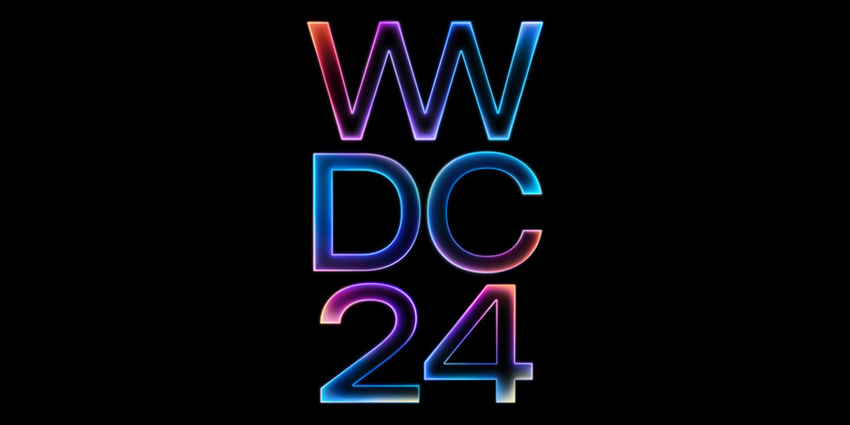Qualcomm’s extended reality (XR) software development ecosystem, Snapdragon Spaces, is gaining significant traction as a tool for professional-grade immersive content creation.
On Wednesday, Senior Director of Qualcomm’s Product and Partnership Team Martin Herdina hosted a keynote at the Immerse Global Summit (IGS) Europe to highlight Snapdragon Spaces’ keys to successfully scaling XR solutions. Herdina previously worked at Clay AIR, a hand-tracking and spatial mapping technology firm Qualcomm acquired in 2021.
The Virtual Reality and Augmented Reality Association (VRARA) is hosting the IGS 2022 Europe from September 28 to 30 in Savoy Palace At Funchal, Madeira Island, Portugal, marking the VRARA’s return to in-person events in the EU, along with an accompanying online event portal for at-home attendees.
Investing in XR
According to Herdina, Qualcomm is heavily investing in XR’s foundational technologies such as passthrough, hand-tracking, and 3D reconstruction. Qualcomm provides insightful research and development (R&D) to optimize related XR technology for supported AR/VR devices.
Additionally, the multinational technology company applies its experience in designing smartphone components toward XR R&D. Qualcomm invests in reference XR devices like smartglasses or headsets, providing a “perfect blueprint” for building leading immersive experiences.
A key point of investment and energy for Qualcomm is its Snapdragon Spaces XR software development kit (SDK). Herdina noted that, over the past year, Snapdragon Spaces has moved from a developer-focused AR SDK, and the platform is now an ecosystem to engage with XR developers directly.
He explained that Qualcomm’s new Snapdragon Spaces initiative puts developers first and feeds an XR design ecosystem via a series of investments.
Partners and Scaling XR
Qualcomm is working with XR partners and clients to scale its Snapdragon Spaces ecosystem to best suit vertical use cases.
Qualcomm is taking its knowledge of working with major original equipment manufacturers (OEMs) and operators, but with a refocused approach specifically for XR so the firm get closer to developers to ensure client success.
One of Qualcomm’s OEM partners is Lenovo, working with the firm to collect design feedback and trial the Snapdragon spaces SDK to ensure inoperable application optimization.
He added that working with operators like T Mobile and Telefónica enables Qualcomm to scale XR software. The Senior Director said that operators are key because “they understand the end users much better than we do.”
During the session, Herdina explained that Qualcomm would update the Snapdragon Spaces SDK roughly every six weeks based on developer and community feedback, allowing the firm to deploy an XR design platform suitable for all immersive content development.
The Snapdragon team also communicates with end customers daily to understand the emerging role of enterprise XR and where the technology can provide business value.
The executive explains that Qualcomm employs a strategy of talking directly to partners and providing developers with resources, integrated growth, and investment. The firm is also scaling its internal XR team in regions such as North America, Europe, India, and China.
Snapdragon Spaces for Universal Immersive Design
Herdina continued the keynote, noting how Qualcomm designed Snapdragon Spaces as an open, universal SDK, adding,
“What’s important to state is, Snapdragon Spaces is not designed for a specific vertical, it’s universal”
Snapdragon Spaces is an openXR ecosystem, meaning Qualcomm contributes to an openXR standard. The firm is also part of the Khronos Group, that champions openXR standards and practices.
Qualcomm also works with real-time 3D (RT3D) engine providers like Epic and Unity to distribute openXR plugins on each platform and encourage inoperable immersive design.
What’s Next?
The Snapdragon Spaces team looks to continue its upward trajectory by working with its OEM, operator, and developer client list for direct access to XR innovation.
Qualcomm will also continue its investment in its developer community through its Pathfinder programme, which funds startups working on Snapdragon Spaces.
Qualcomm provides immersive developers with lesser capital to motivate and incentivize startups to participate in other networking and funding opportunities via its Pathfinder programme.
Additionally, next week Qualcomm will announce a line-up of 30 new startups joining its Metaverse fund to support developers creating boundary-pushing immersive experiences.







